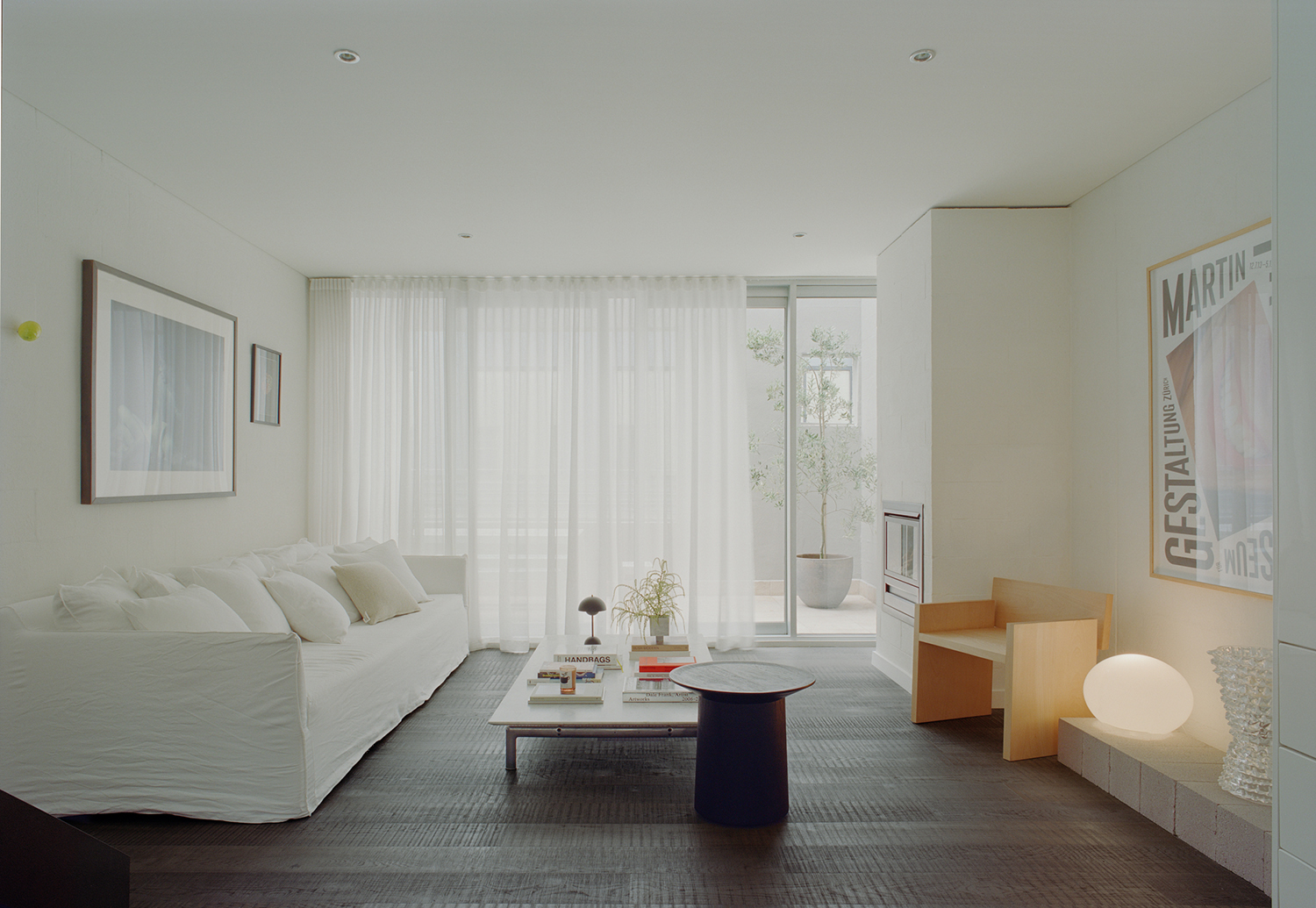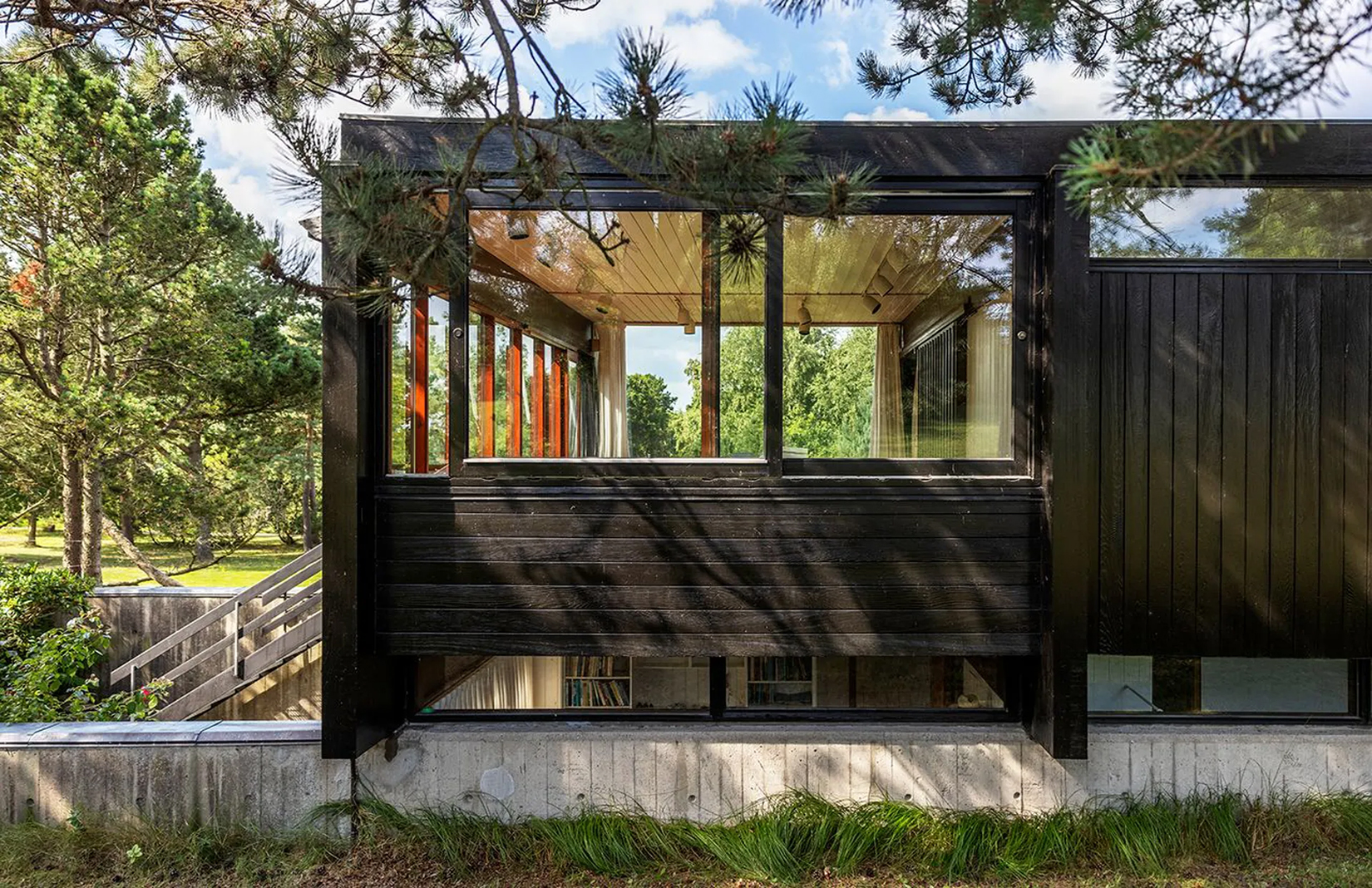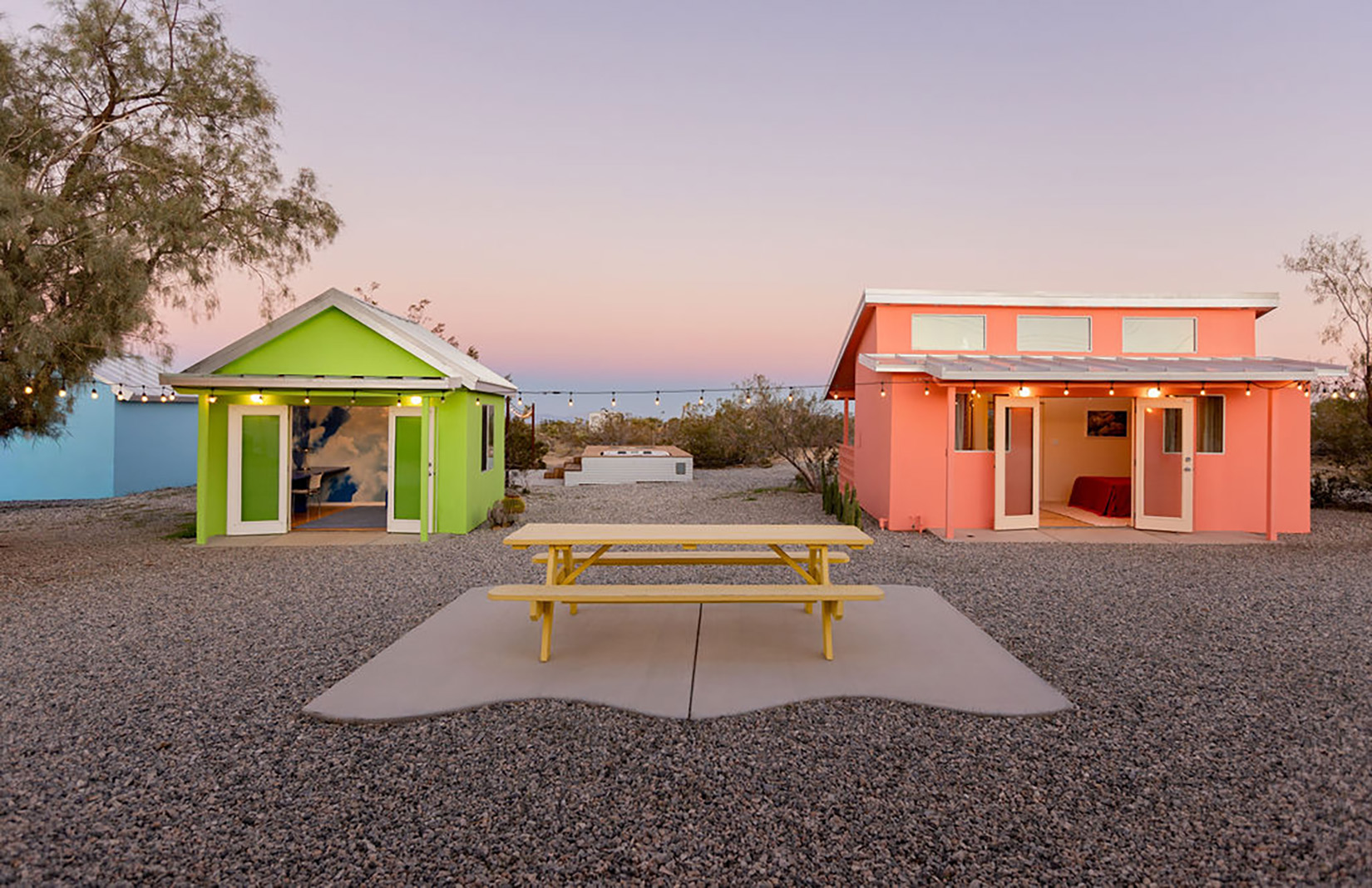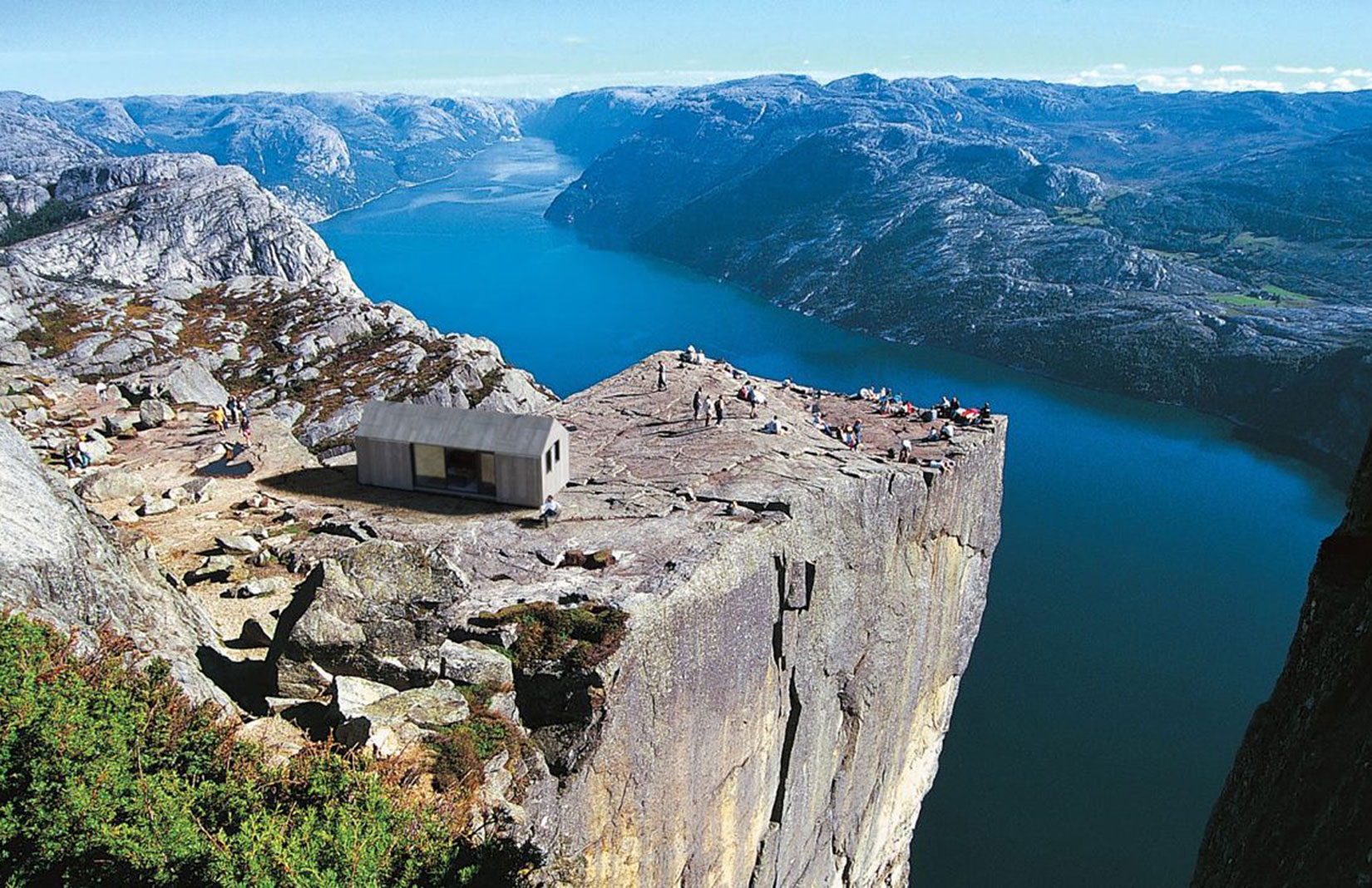
Prefab housing – designed by computer and made in modules – is inherently suited to extreme climates and topography.
It can be assembled in a matter of days, sometimes hours, which makes it ideal for isolated sites. And the need for a frame to survive a trip on a flatbed means that extra rigour generally goes into engineering and manufacturing.
A little dressing up and you have a highly durable dwelling.
As prefab comes of age, the offerings are becoming ever more diverse. On one end of the spectrum, Zaha Hadid and Ron Arad recently designed collectable pavilions for garden tea parties for Revolution Precrafted Properties. At the same time, governments are using modular units for Antarctic research stations.
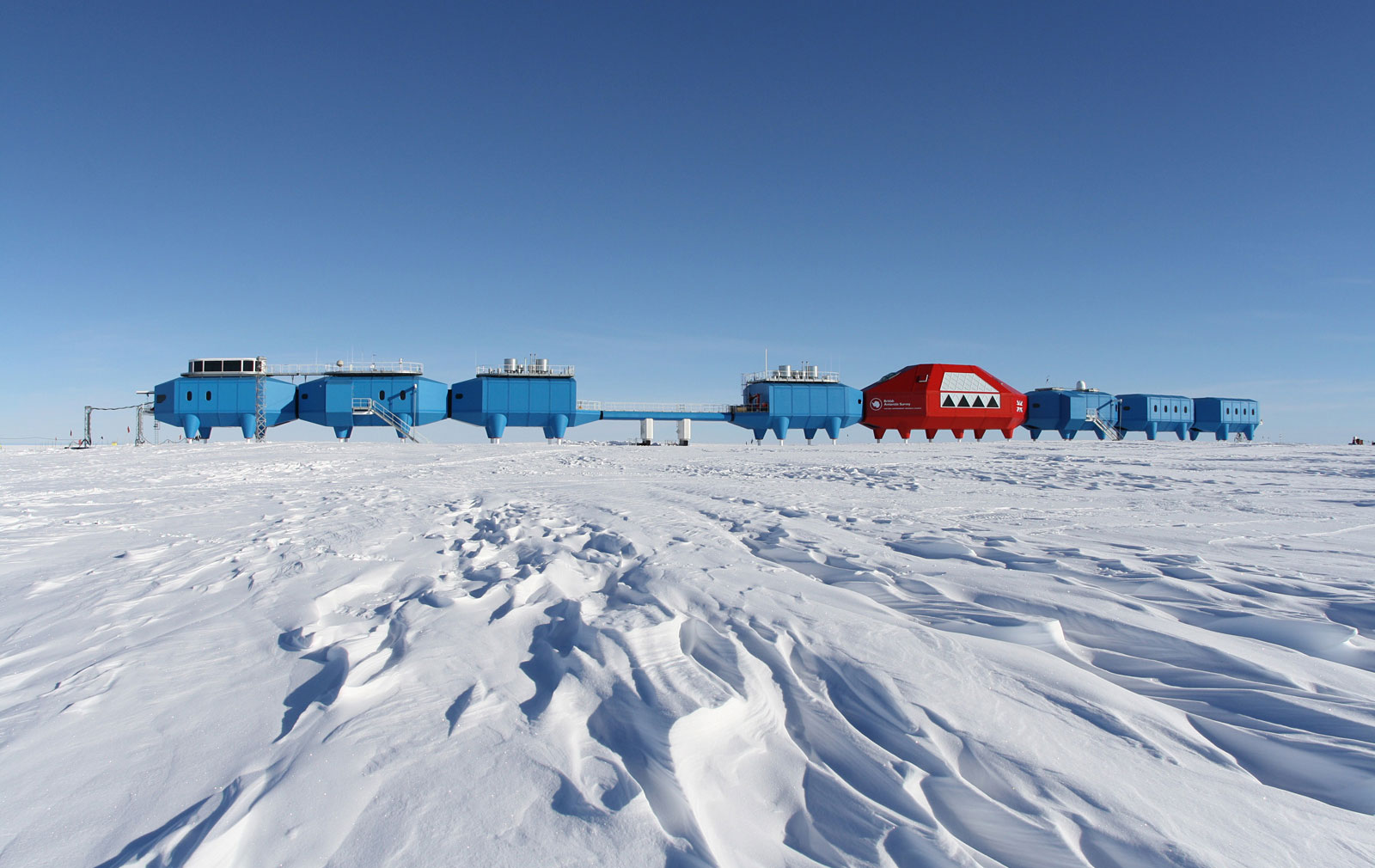
There’s something for everyone, it seems.
Storm-resistant homes have been designed for the US Atlantic coastline in response to Hurricane Sandy and there are even dwellings conceived to withstand tsunamis and earthquakes. Other designs pay heed to snow loads or polar chill. Once one of these tough-as-nails structures arrives on-site, all it needs is anchoring.
Here are six head-turners designed to battle the elements.
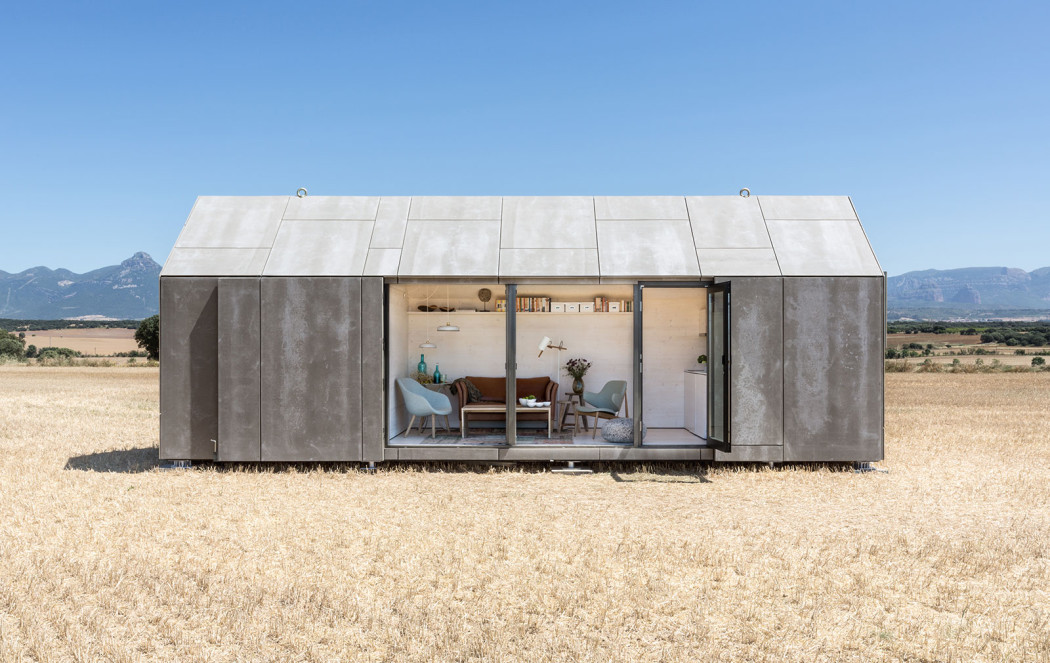
Ábaton portable home
For challenging sites and a host of climates, this is your best bet. The sectional portable home from Madrid’s Ábaton has been spotted at the edge of canyons. It is timber-framed and sealed in cement wood board. The design unfurls like an armadillo into a well-lit and ventilated living space. Segmentation allows for a range of sizes and configurations and delivery by truck or aircraft. One day is all it takes to assemble this home. Ten-centimetre insulation comes standard, but buyers can customise to their needs. Bear in mind, all things being equal, the smaller the space the easier it is to warm or cool.

Ábaton portable home
For challenging sites and a host of climates, this is your best bet. The sectional portable home from Madrid’s Ábaton has been spotted at the edge of canyons. It is timber-framed and sealed in cement wood board. The design unfurls like an armadillo into a well-lit and ventilated living space. Segmentation allows for a range of sizes and configurations and delivery by truck or aircraft. One day is all it takes to assemble this home. Ten-centimetre insulation comes standard, but buyers can customise to their needs. Bear in mind, all things being equal, the smaller the space the easier it is to warm or cool.
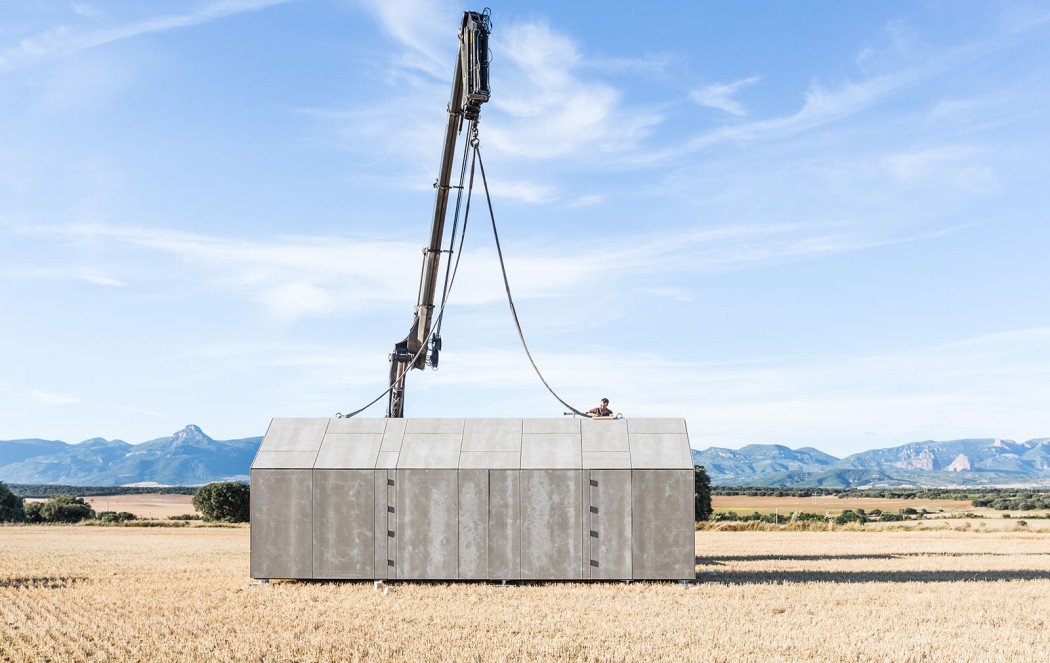
Ábaton portable home
For challenging sites and a host of climates, this is your best bet. The sectional portable home from Madrid’s Ábaton has been spotted at the edge of canyons. It is timber-framed and sealed in cement wood board. The design unfurls like an armadillo into a well-lit and ventilated living space. Segmentation allows for a range of sizes and configurations and delivery by truck or aircraft. One day is all it takes to assemble this home. Ten-centimetre insulation comes standard, but buyers can customise to their needs. Bear in mind, all things being equal, the smaller the space the easier it is to warm or cool.
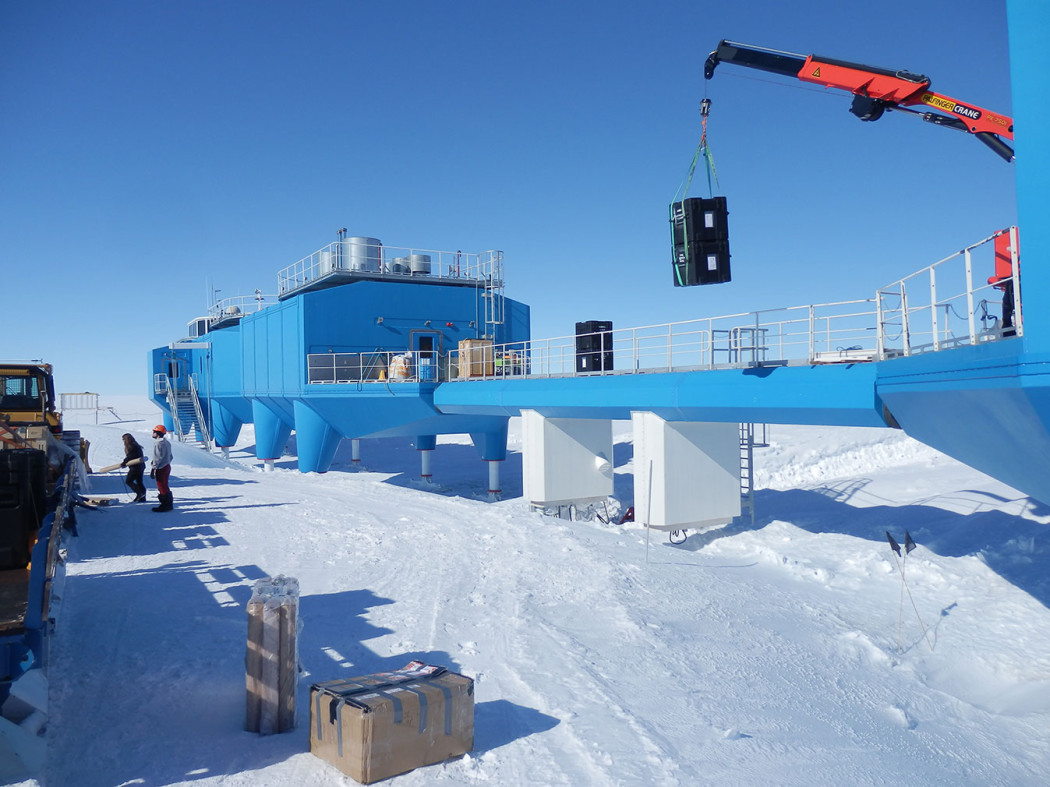
Halley VI pods
The British Antarctic Survey commissioned this self-sufficient scientific research base on hydraulic stilts that walks the ice shelf like a blue and red centipede. The legs mechanically climb out of the deepening snow and ski feet allow each module to be towed to new locations in the event of ice fracture. Planted 900 miles from the South Pole and fully operational, the design won Hugh Broughton Architects a prestigious RIBA International Award in 2013.
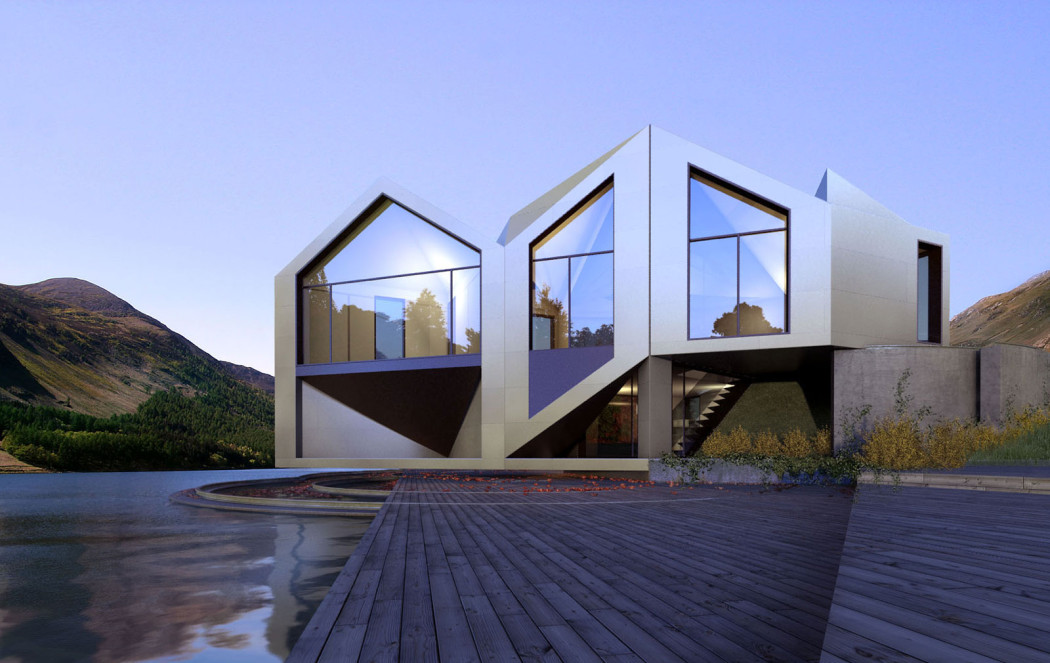
D* Haus
The ‘D’ in D* Haus stands for ‘dynamic’. Concocted by Britain’s D* Haus Company for climatic extremes ‘from Lapland to Cape Horn and Aleutians to Auckland’, the concept is being prepared for the real world. It’s structural origami built on a foundation of moving tracks, folding open and shut by day and night or in accordance with the season. Thick external walls part to reveal soft recesses, doors become windows, and vice versa. Four triangular modules – each an irregular cut from a square plan – unfold into eight fixed positions. The roofline also defies regimentation with each module bringing a varied pitch.
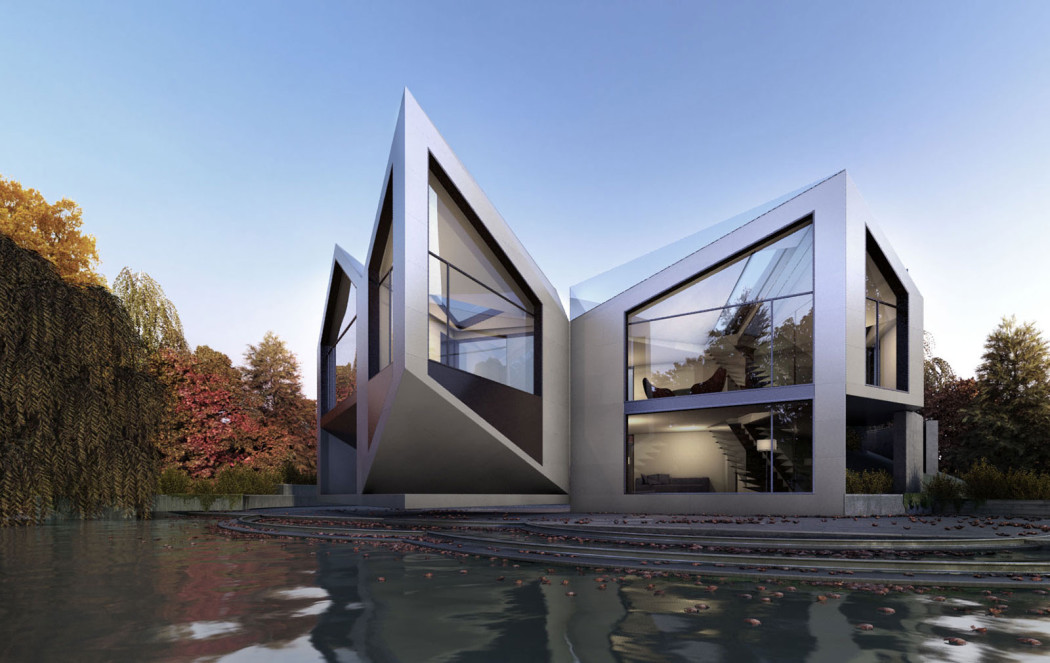
D* Haus
The ‘D’ in D* Haus stands for ‘dynamic’. Concocted by Britain’s D* Haus Company for climatic extremes ‘from Lapland to Cape Horn and Aleutians to Auckland’, the concept is being prepared for the real world. It’s structural origami built on a foundation of moving tracks, folding open and shut by day and night or in accordance with the season. Thick external walls part to reveal soft recesses, doors become windows, and vice versa. Four triangular modules – each an irregular cut from a square plan – unfold into eight fixed positions. The roofline also defies regimentation with each module bringing a varied pitch.
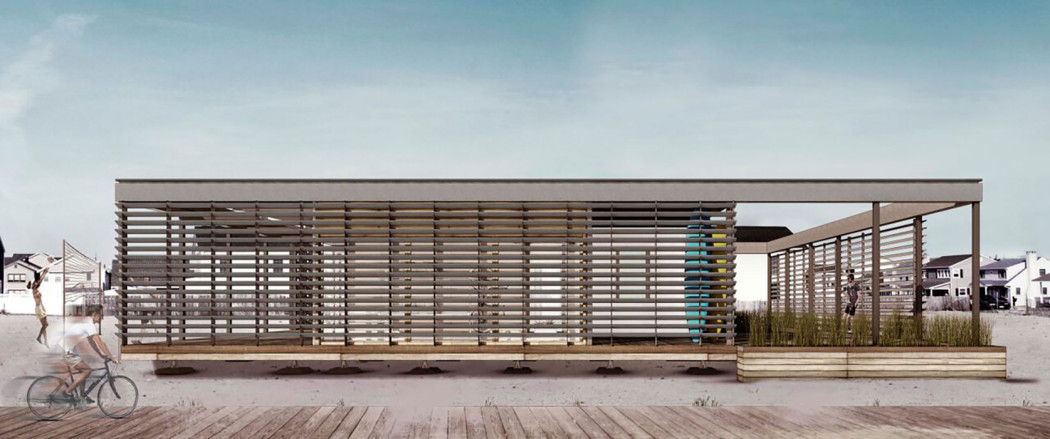
Sure House
Sure House is the Stevens Institute of Technology’s entry to the 2014 Solar Decathalon. The 1,000 sq ft beach house adopts a low-slung, 1960s Modernist form but applies cutting-edge materials and technology. The structure uses 90 percent less energy than conventional US homes and is fully solar powered. Flood shutters and fibre composite sheathing repurposed from retired boats ward off floodwaters. Thanks to off-grid solar energy storage, when the house is all bottled up during and after a storm, it can function as normal and even share its surplus with the neighbourhood. The model may soon be replicated across vulnerable coastal communities.
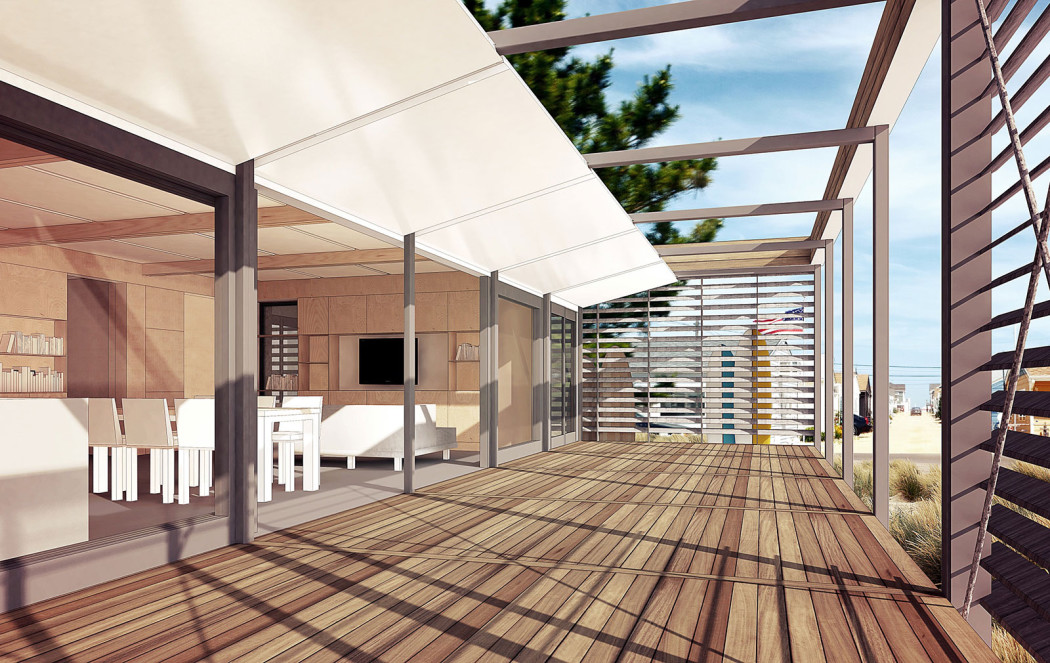
Sure House
Sure House is the Stevens Institute of Technology’s entry to the 2014 Solar Decathalon. The 1,000 sq ft beach house adopts a low-slung, 1960s Modernist form but applies cutting-edge materials and technology. The structure uses 90 percent less energy than conventional US homes and is fully solar powered. Flood shutters and fibre composite sheathing repurposed from retired boats ward off floodwaters. Thanks to off-grid solar energy storage, when the house is all bottled up during and after a storm, it can function as normal and even share its surplus with the neighbourhood. The model may soon be replicated across vulnerable coastal communities.
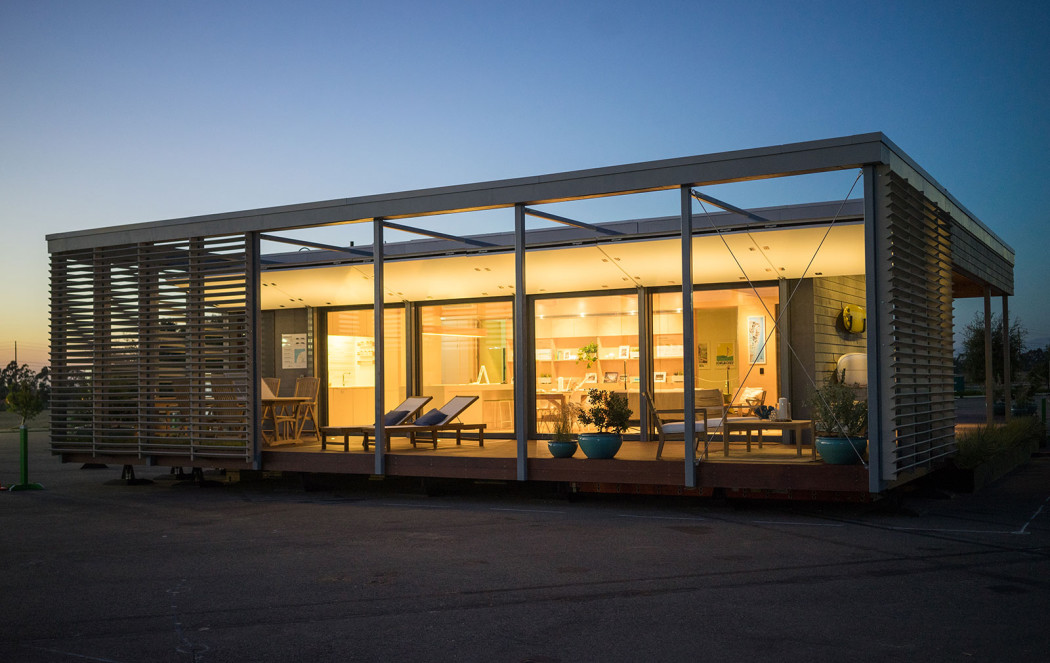
Sure House
Sure House is the Stevens Institute of Technology’s entry to the 2014 Solar Decathalon. The 1,000 sq ft beach house adopts a low-slung, 1960s Modernist form but applies cutting-edge materials and technology. The structure uses 90 percent less energy than conventional US homes and is fully solar powered. Flood shutters and fibre composite sheathing repurposed from retired boats ward off floodwaters. Thanks to off-grid solar energy storage, when the house is all bottled up during and after a storm, it can function as normal and even share its surplus with the neighbourhood. The model may soon be replicated across vulnerable coastal communities.
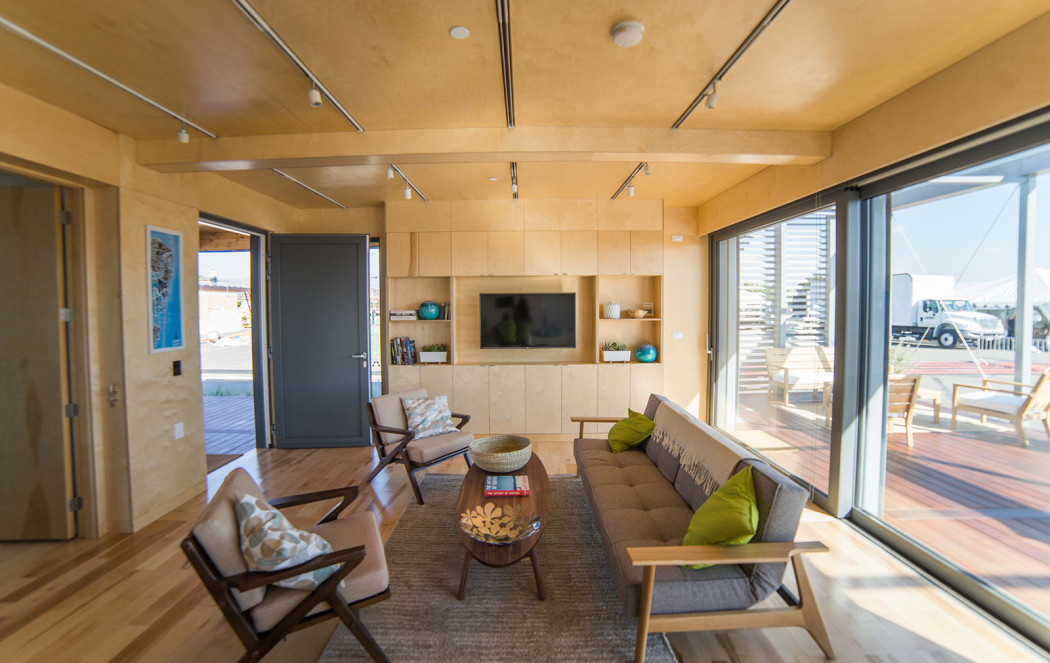
Sure House
Sure House is the Stevens Institute of Technology’s entry to the 2014 Solar Decathalon. The 1,000 sq ft beach house adopts a low-slung, 1960s Modernist form but applies cutting-edge materials and technology. The structure uses 90 percent less energy than conventional US homes and is fully solar powered. Flood shutters and fibre composite sheathing repurposed from retired boats ward off floodwaters. Thanks to off-grid solar energy storage, when the house is all bottled up during and after a storm, it can function as normal and even share its surplus with the neighbourhood. The model may soon be replicated across vulnerable coastal communities.
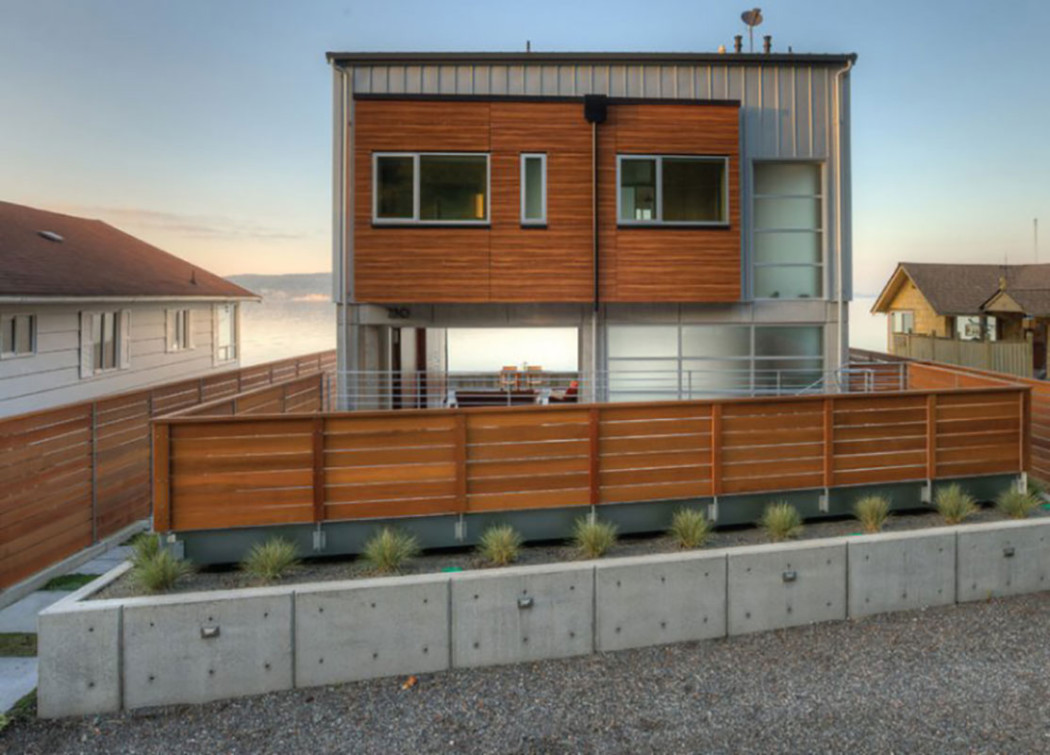
Tsunami House
Designed for the Northwest Pacific Coast, the Tsunami House is architect Dan Nelson’s elegant response to a destructive force that often comes with miniscule warning. Tall, boxy and composed primarily of concrete and galvanised steel, it is clad in red cedar, which rescues it from having the aesthetics of an electrical substation. The most ingenious creation is the ‘flood room’, a flexible, ground-level common space, with glass and aluminium garage doors and concrete floors and supports. The right kind of furnishings can be cleared out in a hurry to allow a storm surge or tsunami to race through. The upper levels provide bright, loft-like living spaces. If you must live directly on the ocean, this is the way to do it.
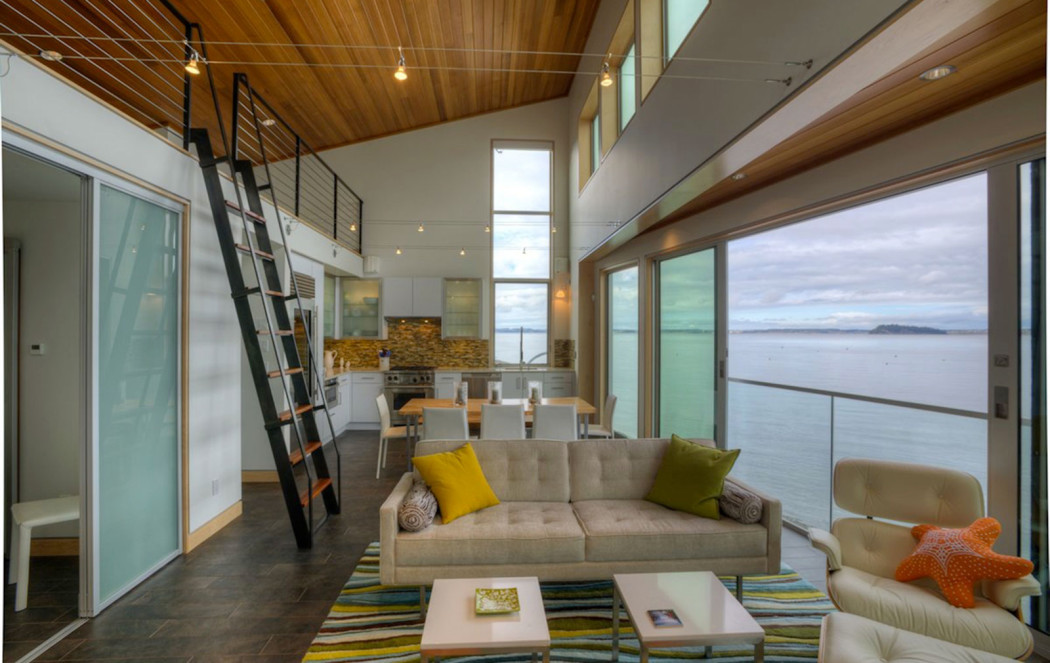
Tsunami House
Designed for the Northwest Pacific Coast, the Tsunami House is architect Dan Nelson’s elegant response to a destructive force that often comes with miniscule warning. Tall, boxy and composed primarily of concrete and galvanised steel, it is clad in red cedar, which rescues it from having the aesthetics of an electrical substation. The most ingenious creation is the ‘flood room’, a flexible, ground-level common space, with glass and aluminium garage doors and concrete floors and supports. The right kind of furnishings can be cleared out in a hurry to allow a storm surge or tsunami to race through. The upper levels provide bright, loft-like living spaces. If you must live directly on the ocean, this is the way to do it.
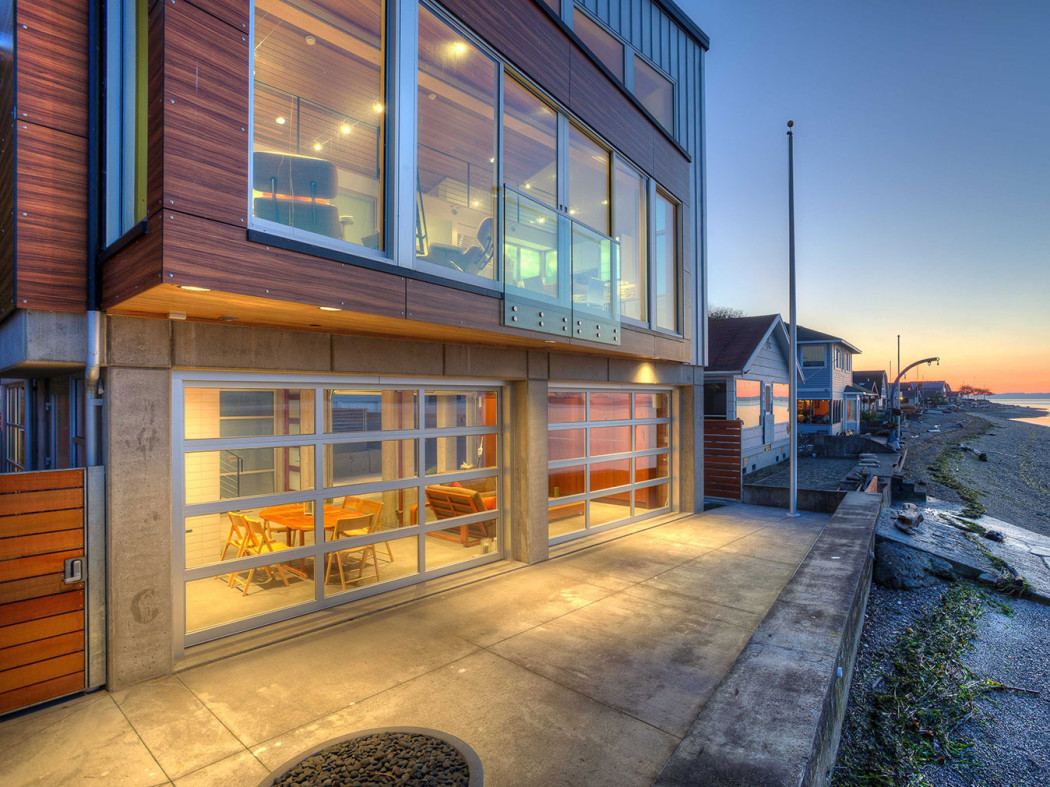
Tsunami House
Designed for the Northwest Pacific Coast, the Tsunami House is architect Dan Nelson’s elegant response to a destructive force that often comes with miniscule warning. Tall, boxy and composed primarily of concrete and galvanised steel, it is clad in red cedar, which rescues it from having the aesthetics of an electrical substation. The most ingenious creation is the ‘flood room’, a flexible, ground-level common space, with glass and aluminium garage doors and concrete floors and supports. The right kind of furnishings can be cleared out in a hurry to allow a storm surge or tsunami to race through. The upper levels provide bright, loft-like living spaces. If you must live directly on the ocean, this is the way to do it.
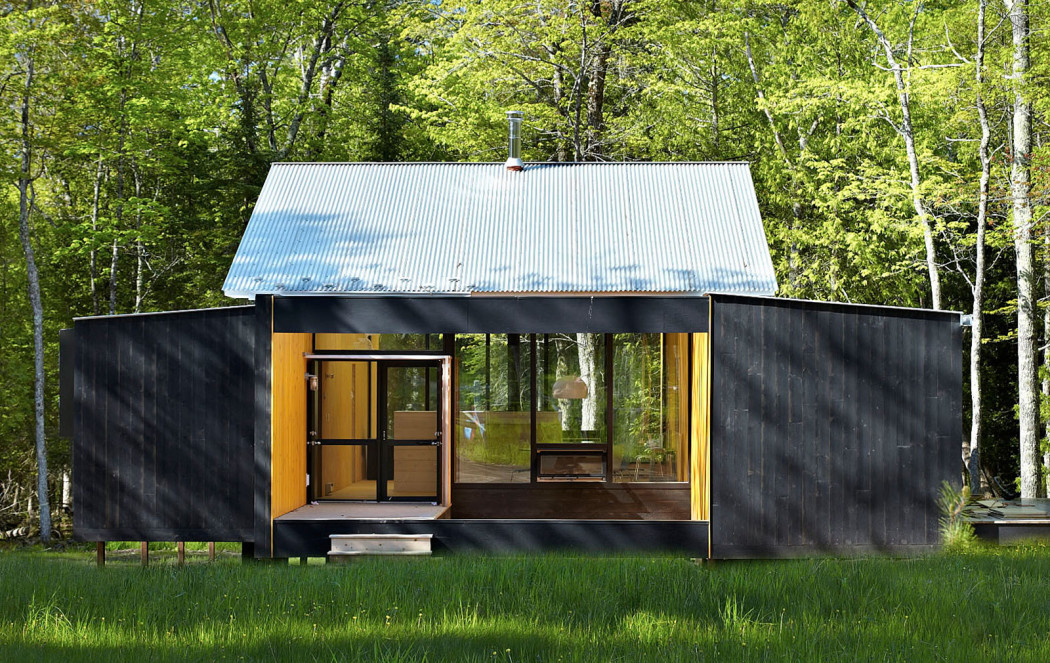
The Week’nder House
The Week’nder House from FlatPak Studio (now Lazor Office) was designed with a Wisconsin winter in mind. The house was shipped in two modules to Lake Superior’s Madeline Island, where it remains. The roof is engineered for heavy snow loads, windows use the best available thermal glass, the cladding is termite-resistant, and walls can take 160 mph winds. And again, we find a folding theme. Wisco isn’t exactly hurricane country, but an island site in the most tempestuous Great Lake is a game-changer. For a different location, the customisable house can be anchored to absorb a degree of seismic activity. Despite all the fortifications, the house lives like a rustic cabin with a porch pointed at woods, pine and plywood surfacing, and a privacy screen of thin wood posts.
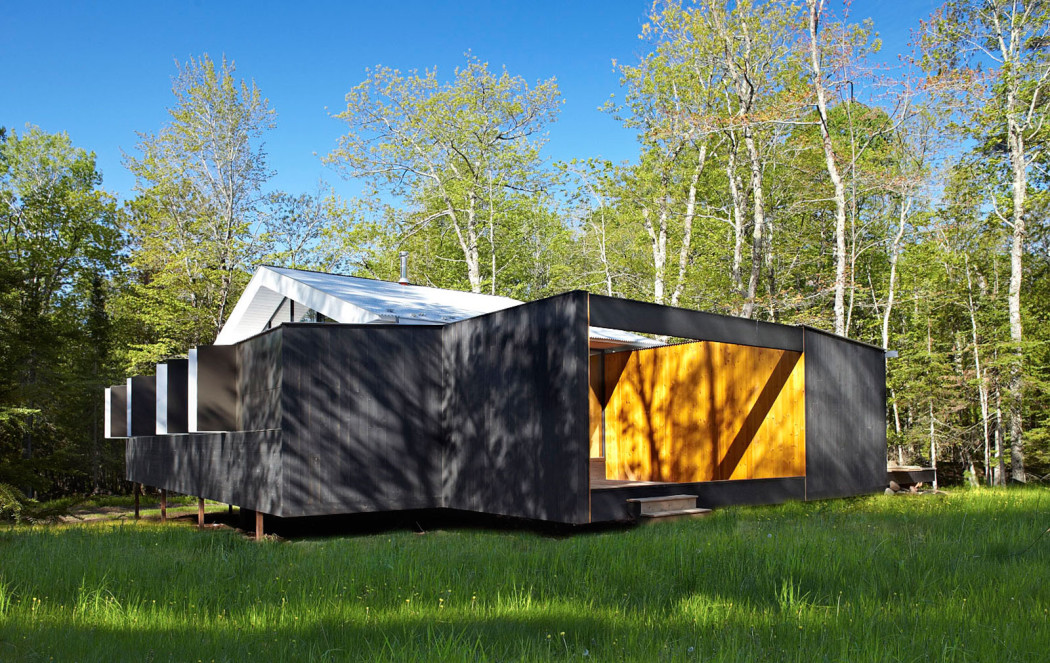
The Week’nder House
The Week’nder House from FlatPak Studio (now Lazor Office) was designed with a Wisconsin winter in mind. The house was shipped in two modules to Lake Superior’s Madeline Island, where it remains. The roof is engineered for heavy snow loads, windows use the best available thermal glass, the cladding is termite-resistant, and walls can take 160 mph winds. And again, we find a folding theme. Wisco isn’t exactly hurricane country, but an island site in the most tempestuous Great Lake is a game-changer. For a different location, the customisable house can be anchored to absorb a degree of seismic activity. Despite all the fortifications, the house lives like a rustic cabin with a porch pointed at woods, pine and plywood surfacing, and a privacy screen of thin wood posts.
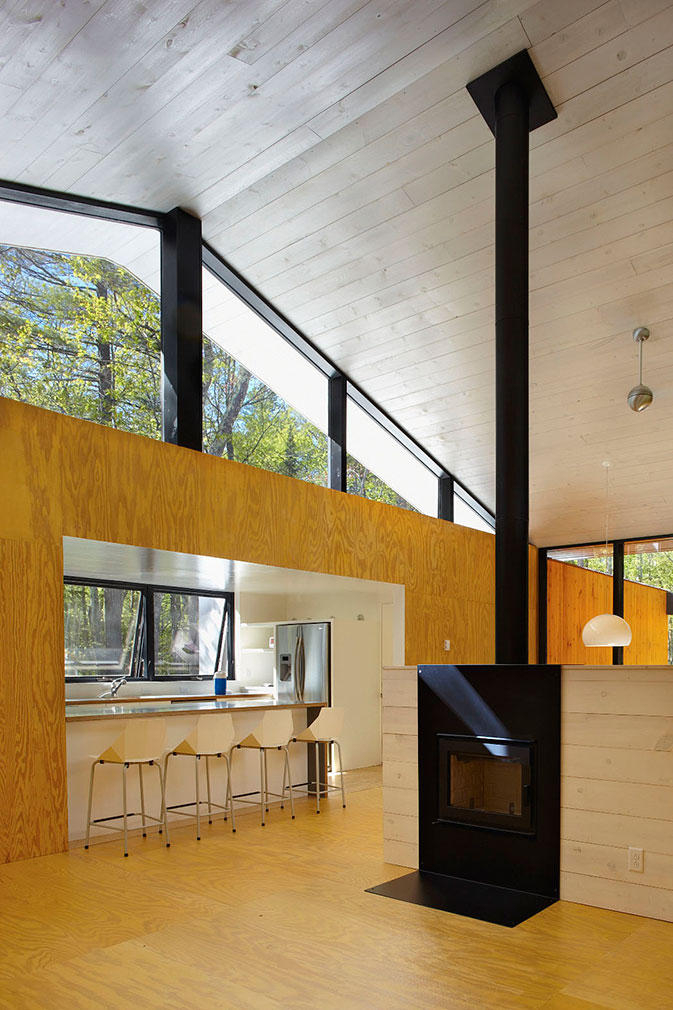
The Week’nder House
The Week’nder House from FlatPak Studio (now Lazor Office) was designed with a Wisconsin winter in mind. The house was shipped in two modules to Lake Superior’s Madeline Island, where it remains. The roof is engineered for heavy snow loads, windows use the best available thermal glass, the cladding is termite-resistant, and walls can take 160 mph winds. And again, we find a folding theme. Wisco isn’t exactly hurricane country, but an island site in the most tempestuous Great Lake is a game-changer. For a different location, the customisable house can be anchored to absorb a degree of seismic activity. Despite all the fortifications, the house lives like a rustic cabin with a porch pointed at woods, pine and plywood surfacing, and a privacy screen of thin wood posts.




















